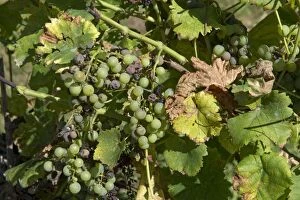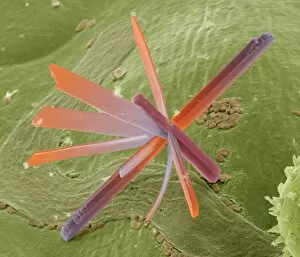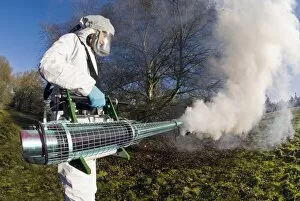Fungicide Collection
"Fungicide: Protecting Crops, Gardens, and Livestock from Fungal Menace" Since its inception in 1851 with the Biggs sheep-dipping apparatus
All Professionally Made to Order for Quick Shipping
"Fungicide: Protecting Crops, Gardens, and Livestock from Fungal Menace" Since its inception in 1851 with the Biggs sheep-dipping apparatus, fungicides have played a crucial role in safeguarding various aspects of our lives. Plunge dipping sheep in New Zealand became a common practice to combat pests and diseases by immersing them in water infused with insecticides and fungicides. In August 1938, at Robertsbridge, farmers diligently engaged in sheep dipping to shield their flocks from potential harm. This age-old technique ensured that these valuable animals were protected against harmful fungi and insects. Moving beyond livestock protection, fungicides found their way into gardens worldwide. In Italy's picturesque Bay of Naples, red climbing roses stood tall as spray deposits delicately settled on their leaves. The application helped maintain the health and beauty of these vibrant blooms. The efficacy of fungicides extended even further into agriculture. Bunches of fruit hanging from grapevines showcased dried deposits left behind after being sprayed with protective agents. These measures prevented fungal infections that could jeopardize both vine health and crop quality. Botrytis cinerea or noble rot posed a constant threat to maturing grapes on vines; however, evidence of a fungicidal spray deposit provided relief for growers combating this notorious grey mold. The use of effective fungicides proved instrumental in preserving the integrity and flavor profile of these prized fruits. Beyond traditional methods like immersion or spraying, innovative approaches emerged over time. A young man meticulously dusted tulip bulbs with a paintbrush coated in potent fungicide—a testament to the evolving techniques employed for disease prevention. Even during plant propagation processes such as dividing peonies or cutting bamboo rhizomes, precautions were taken against infection and rot through close-up applications of specialized powders containing powerful antifungal properties. However beneficial they may be when used correctly, it is essential to acknowledge the potential risks associated with pesticide contamination.















